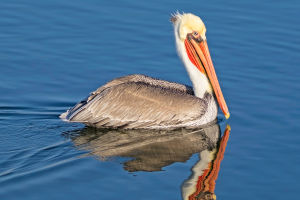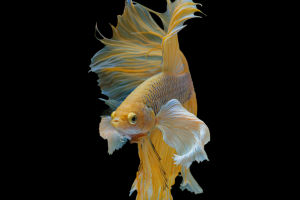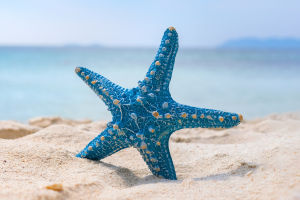The African oryx, also known as the gemsbok, is one of nature’s true marvels. With its long, straight horns and striking black-and-white facial markings, the oryx stands out as a symbol of beauty and resilience in Africa’s harsh desert landscapes.
Found primarily in the arid regions of Southern Africa, particularly Namibia, and Botswana, the African oryx has adapted in extraordinary ways to survive some of the world’s most unforgiving environments.
Let’s dive into the world of this elegant desert dweller and explore what makes it such an impressive animal.
Appearance and Characteristics
The African oryx is a large antelope, with males weighing up to 460 pounds (210 kg) and females slightly smaller. Its defining features are its long, spear-like horns that can grow up to 4 feet long. Both males and females have these horns, which they use for defense against predators and during territorial disputes.
The oryx’s sleek, tan coat contrasts beautifully with its dramatic black-and-white facial patterns, making it one of the most visually stunning animals of the African plains. These markings help to regulate body temperature, offering some protection from the sun’s heat.
Adaptations to Desert Life
One of the most impressive aspects of the African oryx is its ability to thrive in extreme heat and survive long periods without water. To cope with the desert climate, the oryx has developed several remarkable adaptations:
1. Water Conservation: The African oryx can extract moisture from the plants it consumes, allowing it to go without drinking water for extended periods. Additionally, it can raise its body temperature to prevent sweating, conserving vital fluids in the process.
2. Heat Tolerance: While most mammals would suffer heatstroke in the desert sun, the oryx’s body can handle extreme temperatures. Its specialized blood circulation system cools the blood before it reaches the brain, allowing the oryx to remain active even during the hottest parts of the day.
3. Foraging Abilities: During the dry season, food becomes scarce, but the oryx is an expert forager. It can dig for roots and tubers that store water, and it feeds on drought-resistant grasses and shrubs, giving it a steady food supply even in the harshest conditions.
Social Structure and Behavior
African oryxes are typically found in small herds of 10 to 40 individuals, though larger groups may form during migration or in areas with abundant food and water. These herds are usually made up of females and their young, led by a dominant male. The males are highly territorial, and fierce battles can occur over resources, with the oryx’s sharp horns proving to be powerful weapons.
Despite their defensive nature, oryxes are generally calm animals, relying on their group structure for protection. When threatened by predators like lions or hyenas, oryxes will group together, using their sharp horns to fend off attacks.
Conservation and Challenges
Although the African oryx is not currently endangered, it faces threats from habitat loss, overhunting, and climate change. Conservation efforts are crucial to maintaining healthy populations, especially in regions where human activity encroaches on their habitats.
In Namibia, the oryx is a national symbol, reflecting the country’s commitment to protecting its wildlife. Conservation organizations work to ensure that these magnificent animals continue to thrive in the wild by preserving the ecosystems they depend on.
Fun Facts About the African Oryx
1. Survival Skills: The oryx’s ability to survive without water for long periods is so efficient that it can go for weeks or even months without drinking, relying solely on moisture from the plants it eats.
2. Horned Defense: Both male and female oryxes have sharp, pointed horns, and they’re not afraid to use them! In fact, oryxes are known to defend themselves successfully against predators like lions, making them formidable opponents.
3. Cultural Symbol: In many African cultures, the oryx is a symbol of strength and endurance. It’s often featured in artwork and folklore, representing the ability to thrive in difficult circumstances.
The African oryx is a testament to the resilience and adaptability of wildlife in extreme environments. From its stunning appearance to its remarkable survival tactics, this antelope embodies the beauty and strength of nature’s finest creatures.
Whether you admire its long horns or marvel at its ability to thrive in the desert, the African oryx stands as a true symbol of endurance and elegance in the animal kingdom.


